Madrid: 10 Things to do
- Next Stage Travel
- Apr 10, 2022
- 5 min read
Updated: Aug 28, 2023
Madrid: 10 Things to Do
1. Archeology museum (Museo Archeologico Nacional)
This is a beautiful museum with good detail in English and Spanish. It starts with pre-history and continues through 3 floors to the modern age.
It had a really cool mummy from the Canary Islands, a working sundial from the 1st century, plenty of jewelry and swords, coins, and statues and the history that goes with them
Good for people of all ages and abilities. Modern clean bathrooms with wheel chair access. Free on Sundays. Otherwise 3 euros
2. The Prado Museum (Museo del Prado)
This is a huge museum with a collection spanning from Roman statues to 19th century art. It is mostly paintings, though there are also a few dozen statues, carvings and inlay tables. There are large collections of Velasquez, Titian and Rubens paintings, as well as smaller collections of Bosch and some of the Spanish impressionist painters. There’s a bronze of hermaphrodite sculpture that was interesting. There is also a copy of the Mona Lisa (called the Prado Mona Lisa) believed to have been painted contemporaneously with the original at the Louvre by a student in da Vinci’s studio; the best part, no crowds so you can get close to the painting. On the top floor there is a collection from the Dauphin of tableware and decorative boxes and vessels: fabulous crystal, carved stone, and bejeweled items.
The museum is busiest in the morning. No photo gallery as photos aren’t permitted in the museum.
3. Royal Botanic Gardens (Real Jardin Botanico)
This is a nice way to spend a few hours. The gardens cover about 20 acres of land just south of the Prado Museum (so easy to do on same day as Prado), and consists of various plots of plants and trees from all over the world interspersed with well-groomed, flat, dirt trails. Highlights include a bonsai collection donated by a former prime minister of Spain, a small tulip field (in bloom when we were there) and a greenhouse that covers tropical, semi-tropical and arid environments in three connected rooms. Also there is an ‘upper deck’ to the greenhouse that allows you to see the tree canopy in the tropical and semi-tropical sections.
There are also several temporary exhibitions in a pavilion on the eastern side of the park. We saw an interesting exhibit on medieval herb illustrations and medicine that included highly detailed copies of original 13-16th. century illuminated books. Additionally, there were two small art exhibits from several contemporary artists.
Admission to gardens alone is 4 euros, and 6 euros with the exhibits. Before COVID, one could apparently purchase tickets online and in advance. That was not the case for us, so we had to wait about 15-20 minutes in a line (when we left the garden, the line had dwindled to just a few people, so line length is clearly variable and difficult to predict.) There is a small cafe onsite with ready-made pastries and drinks.
4. Palacio Real de Madrid (Royal Palace of Madrid)
This palace is the residence of the Spanish royal family (presently Felipe VI is king) and is apparently still used for various state and municipal functions today.
The palace is built on the remains of the royal Alcazar, which began construction as a 9th century Muslim fortress and, after many remodels and expansions, burned down in 1734. The palace as seen today was completed in about 1755, is 1.45 million square feet in size and consists of over 3,000 rooms. Unfortunately, we didn’t get to see all the rooms but we did get to see a beautiful selection.
Photography was limited or forbidden in many rooms so we don’t have many pictures. Some of the rooms we saw included the royal banquet room (with place settings for 55 guests), the throne room, various waiting rooms leading up to the throne room, several rooms with walls and ceilings made of sculpted and colorful stucco or porcelain, plus rooms with examples of various place settings and table service.
We didn’t see a lot of furniture though there were several tables reminiscent of those we saw at the Prado Museum, with various stone inlays and legs in the shape of gilt animals, as well as a number of huge clocks (some still functioning!).
Entry costs 13 euros per person. We definitely recommend purchasing tickets in advance and presenting a digital ticket (Actually this advice applies anywhere you can buy a ticket in advance). When we were there, the ‘visitors with tickets’ line was maybe 10 people, while the ‘visitors without tickets’ line was at least several hundred people long. Although we had tickets for 1:45 PM, we had no trouble getting in a hour earlier – the ticket people looked only at the date. There is also a small cafeteria with cheap(ish) smoothies and snacks.
5. Museo del Romanticismo (National Museum of Romanticism)
This small museum is housed in a 19th. century mansion. All the rooms on the second floor are filled with 19th. century paintings (mostly Spanish artists), furniture, brick-a-brack, pianos and clocks. It’s a pleasant way to spend an hour. There is a small cafe, though it was closed due to COVID. Normally 3 euros but when we went on a Saturday afternoon, the guards waved us in and said no charge.
6. Thyssen-Bornemisza Museo Nacional (Thyssen-Bornemisza Museum)
The Thyssen-Bornemisza contains the collection of the Baron Thyssen-Bornemisza de Kaszon, with continued patronage by his daughter. It’s an eclectic but extensive collection of Impressionist and Expressionist art, as well as having a full floor dedicated to American artists from the 19th century (including a large number of landscape paintings) to today. On the top floor are early (15th-17th century) paintings, sculptures and other art (e.g., rock crystal carved cups, and traveling silver service). There are also often several temporary exhibits – we saw one about trompe l’oeil/hyperrealism through the centuries.
This temple was built in the 2nd century BCE near Aswan, Egypt. The original interior room was built to the god Amun. Over the next three centuries, the main temple was expanded and three stone gateways were added. In 1960, with the imminent building of the Aswan dam, the temple was going to be submerged under water. In gratitude for Spain’s help in preserving and moving other ancient buildings in the Aswan area, Egypt took apart and sent the entire temple complex to Spain in 1968, and it was opened to the public in the Parque de la Montaña several years later. Admission is free.
Three places we did not visit but look interesting
8. Museo Nacional Centro de Arte Reina Sofia (Reina Sofia Museum)
This museum primarily contains 20th century art. It’s considered part of a triumvirate with the Prado and Thyssen-Bornemisza museums as each specializes in one or more categories that the other museums do not.
We tried to get in without reservations but there was a long line. This is the home of Joaquin Sorolla with many of his paintings and furnishings left intact. Several people recommended this museum to us.
Interestingly, even Madrileños are not familiar with this museum, possibly because of its location (north of Salamanca and not near the main tourist areas). The collection includes pieces by Bosch, Goya, Velazquez and El Greco as well as collections of furniture, silver, glass and weapons. We never seemed to be near this museum when it was open and are sorry we missed visiting.











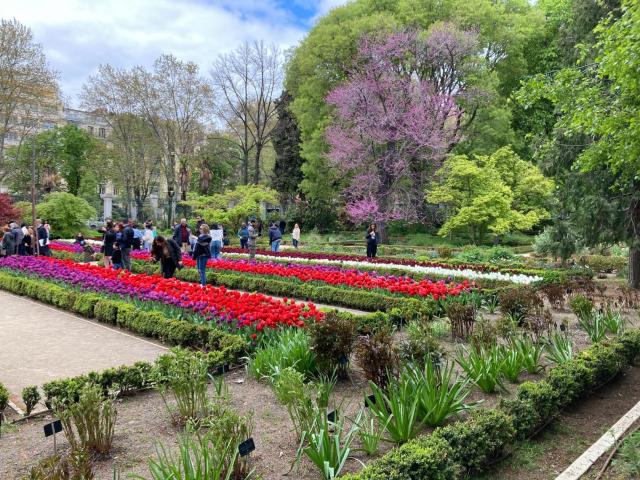










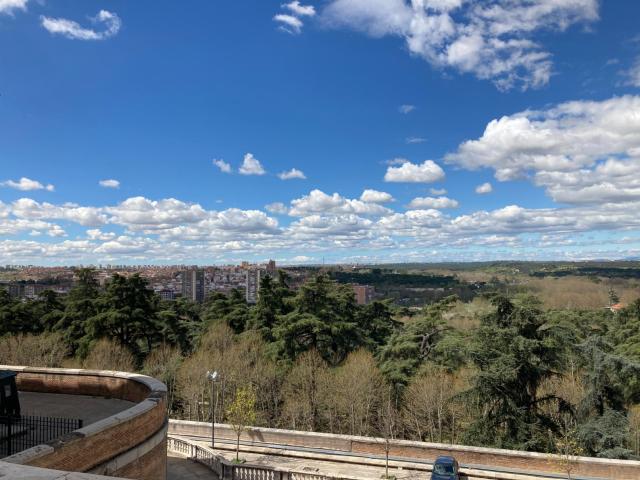







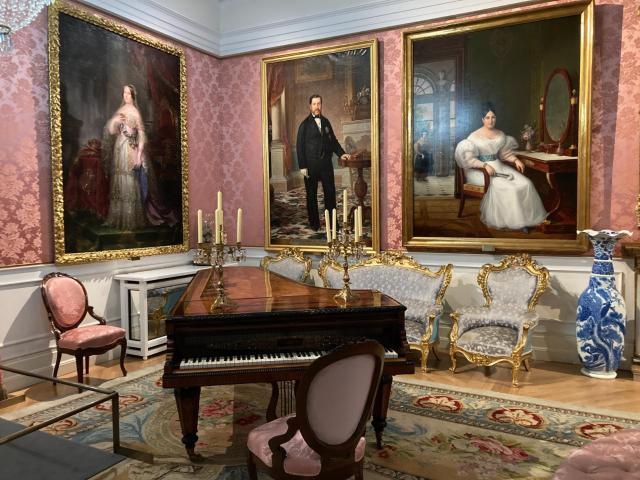



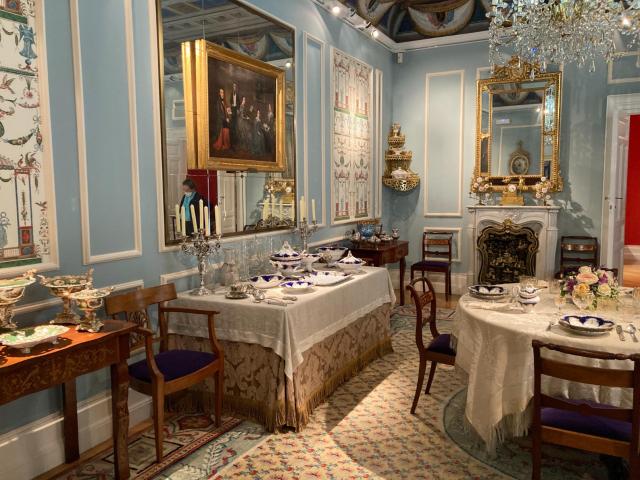



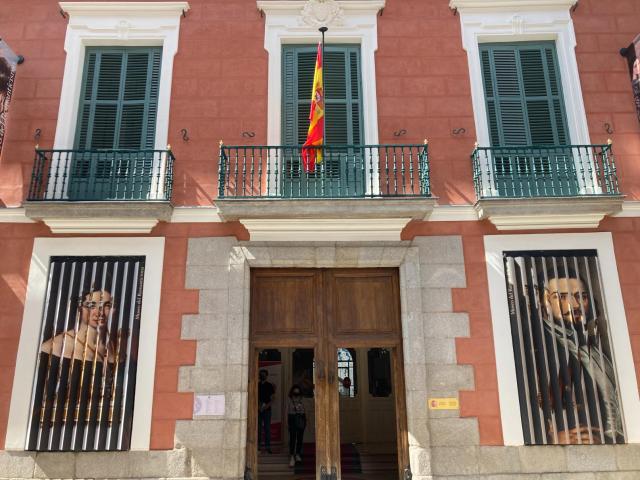





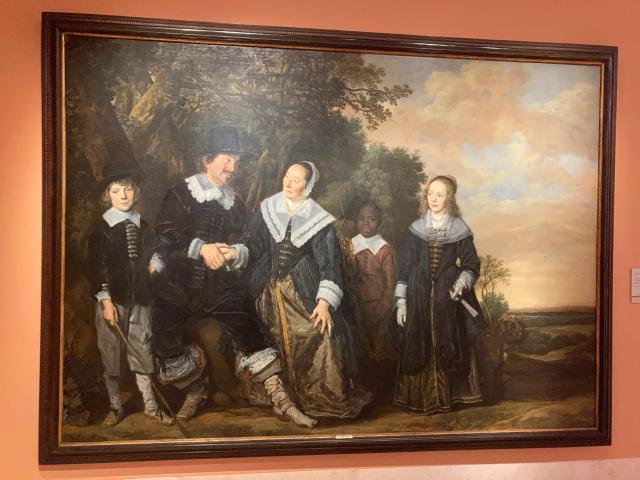



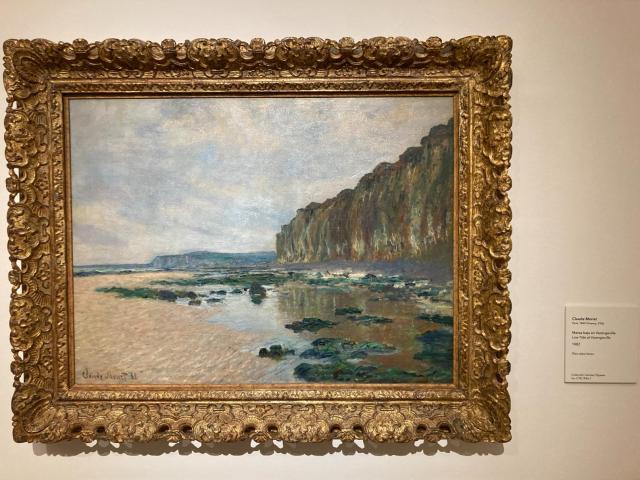

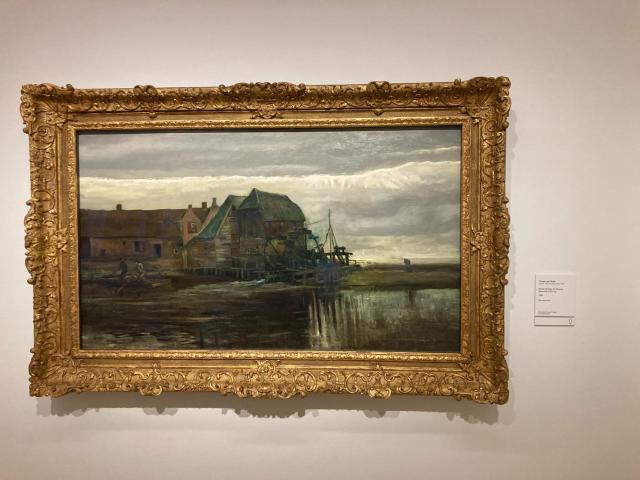

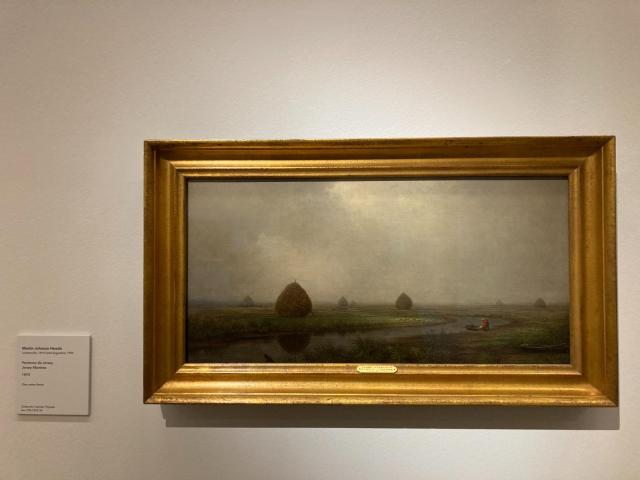

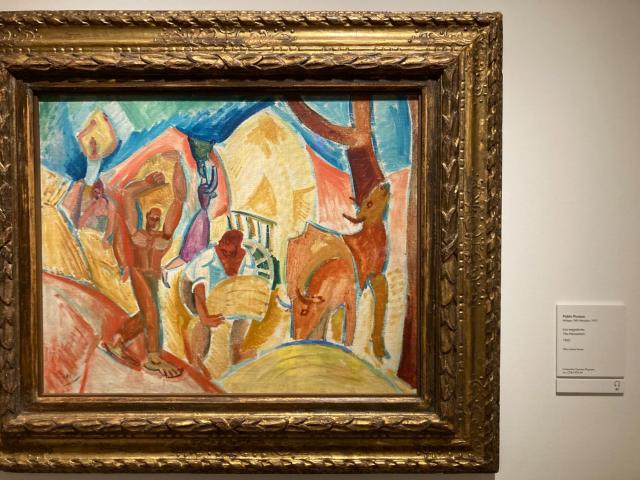



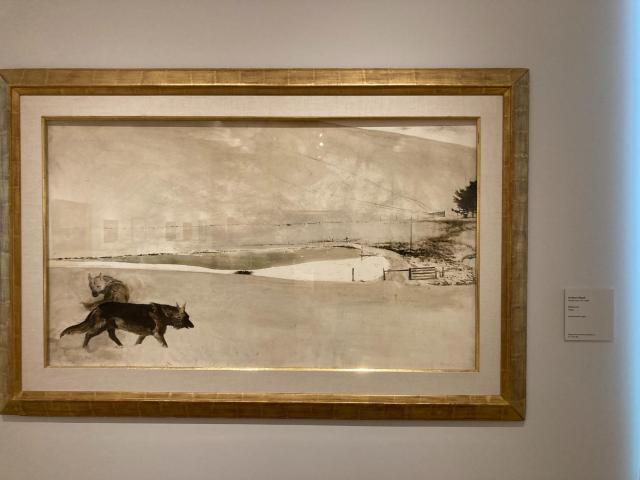

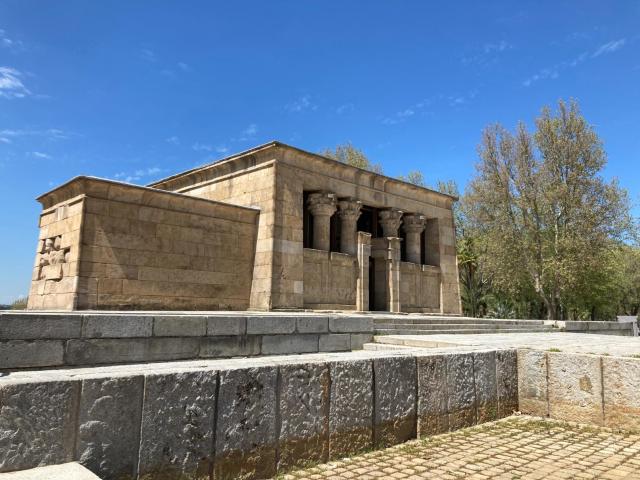

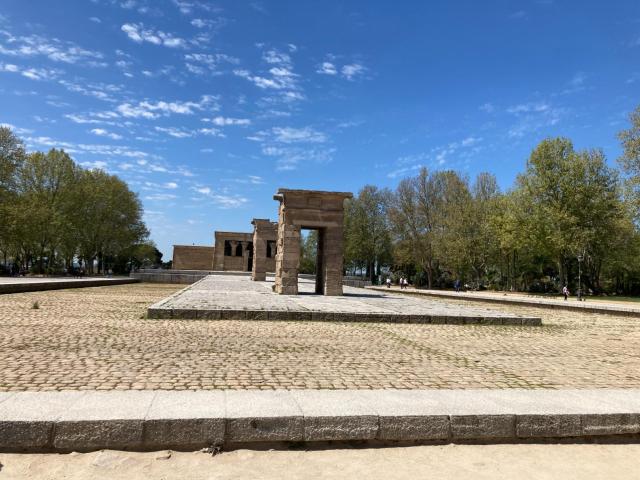


Comments